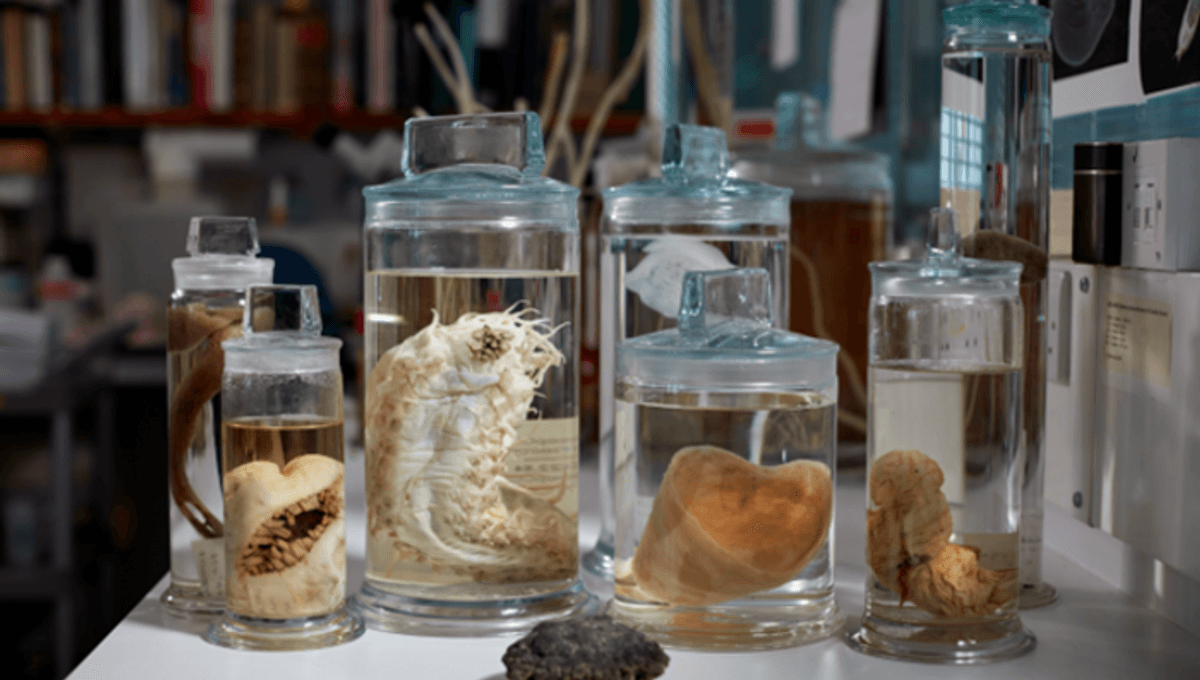
A total of 5,578 different species, around 90 percent of which are entirely new to science, have been found in the depths of the Pacific Ocean in a future hotspot for deep-sea mining.
The discovery came from an international team of scientists who recently surveyed a 6 million square kilometer (1.7 million square mile) patch of sea known as the Clarion-Clipperton Zone (CCZ) in the central and eastern Pacific stretching from Mexico to Hawaii.
Among the thousands of lifeforms they found were different species of sea cucumbers, nematodes, carnivorous sponges, worms, arthropods, and sea urchin-like echinoderms.
Remarkably, almost all are unique to the region. The researchers estimate that only six species have been identified elsewhere in the world.
“There’s some just remarkable species down there. Some of the sponges look like classic bath sponges, and some look like vases. They’re just beautiful. One of my favorites is the glass sponges. They have these little spines, and under the microscope, they look like tiny chandeliers or little sculptures,” Muriel Rabone, lead study author and a deep-sea ecologist at the Natural History Museum London in the UK, said in a statement.
To better understand the rich biodiversity of the CCZ, the researcher sailed out to the Pacific Ocean and used a number of different methods to survey the wildlife, including remote-controlled drones that traverse the ocean floor and taking sediment samples of the seafloor using a box corer.
“It’s a big boat, but it feels tiny in the middle of the ocean. You could see storms rolling in; it’s very dramatic,” explained Rabone. “And it was amazing—in every single box core sample, we would see new species.”
However, the future of this biodiversity isn’t totally filled with optimism. The habitat of the newly discovered creatures is firmly in the sights of deep sea mining operations because it holds the world’s largest trove of manganese, nickel, cobalt, and other metals that are crucial for making batteries. The sought-after metals can be found in metal-rich nuggets, sometimes referred to as “deep sea potatoes.”
These materials will prove vital for the so-called “battery revolution” that will help make fossil fuel obsolete and spur on the transition to green energy. However, getting our hands on these metals threatens to disrupt this intricate ecosystem.
The researchers say their latest work shows that we need better understand this diverse and unique environment – before it’s too late.
“There are so many wonderful species in the CCZ, and with the possibility of mining looming, it’s doubly important that we know more about these really understudied habitats,” explained Rabone.
Source Link: Over 5,000 Deep Sea Creatures Found In Area At Risk Of Rare Metal Mining